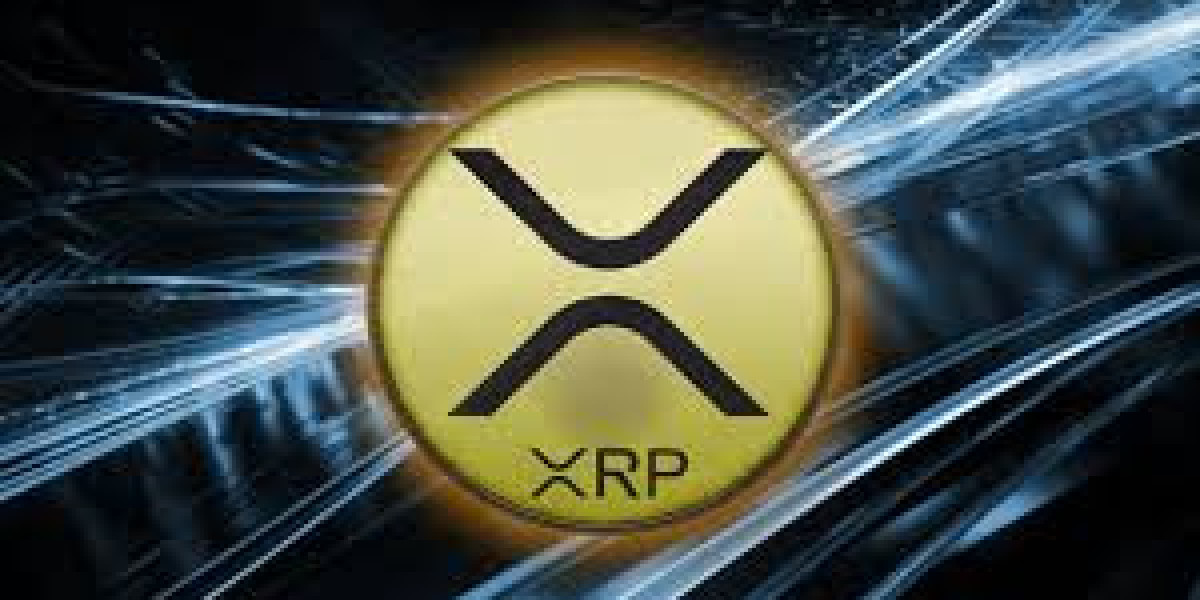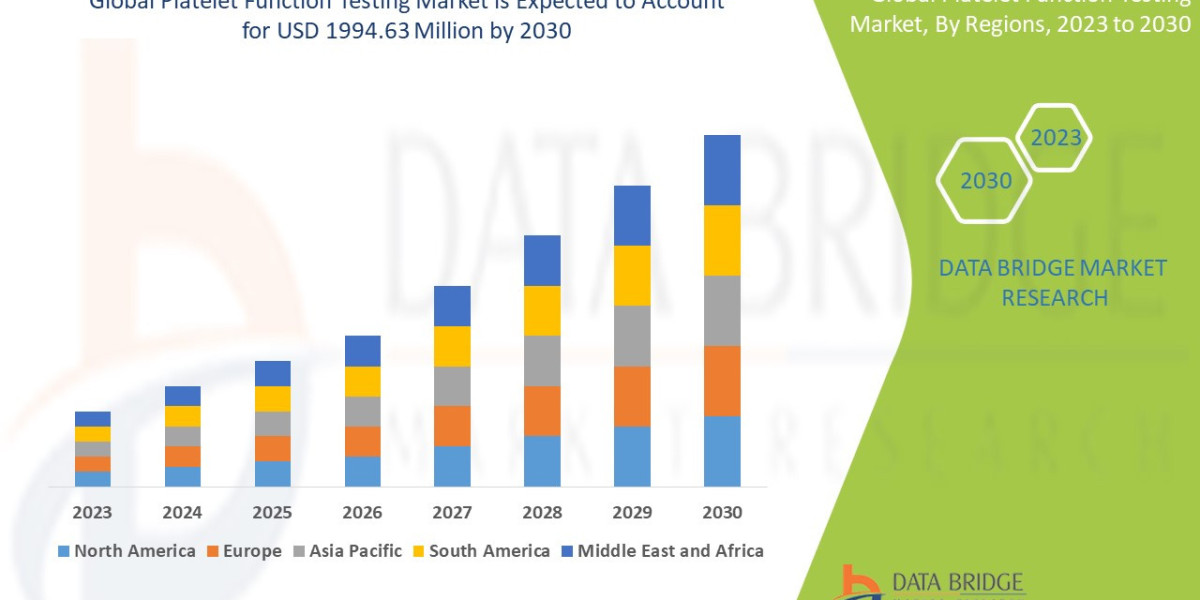The global banking system has long struggled with inefficiencies, especially when it comes to moving money across borders. Traditional payment rails often involve intermediaries, lengthy settlement times, and high costs. In today’s digital-first economy, this outdated infrastructure is no longer sustainable. That’s where Ripple and its native cryptocurrency, XRP, enter the picture. By offering a blockchain-powered solution for liquidity management, Ripple is helping banks streamline operations, reduce costs, and achieve faster transactions. This shift is reshaping the financial sector while also sparking discussions around XRP price prediction and the coin’s long-term role in banking.
Why Liquidity Management Matters in Banking
Liquidity is the backbone of global finance. Banks need enough liquidity to ensure they can meet customer withdrawals, settle payments, and finance day-to-day operations. When banks move money internationally, they often rely on a system of “nostro” and “vostro” accounts—essentially pre-funded accounts held in foreign currencies. While effective, this system ties up large amounts of capital that could otherwise be used for lending or investment.
Ripple’s solution directly addresses this issue by using XRP as a bridge currency. Instead of maintaining dormant accounts worldwide, banks can leverage Ripple’s On-Demand Liquidity (ODL) to instantly convert one currency into another using XRP. This minimizes the need for pre-funded accounts, freeing up capital while enabling faster and cheaper payments.
Ripple’s On-Demand Liquidity in Action
Ripple’s ODL has already been adopted by several major financial institutions and payment providers across the globe. Here’s how it works:
A bank or payment provider initiates a cross-border transfer.
The local currency is converted into XRP.
XRP is then instantly sent across Ripple’s blockchain.
On the receiving end, XRP is converted into the target currency within seconds.
The result is near-instant settlement, often at a fraction of the cost of traditional methods. This efficiency is why Ripple’s adoption is expanding, and why discussions around XRP price prediction often highlight the role of utility in driving demand.
Benefits of Using XRP for Banks
1. Reduced Costs
Banks traditionally face high fees for cross-border payments, particularly in emerging markets. By removing intermediaries, Ripple reduces these costs dramatically.
2. Faster Settlements
What used to take days now takes seconds. This speed improves customer satisfaction and strengthens trust between banks and clients.
3. Improved Liquidity
By leveraging XRP as a bridge asset, banks no longer need to keep billions locked up in dormant foreign accounts. Instead, that capital can be put to work.
4. Scalability and Security
Ripple’s infrastructure is built to handle high transaction volumes securely, giving banks confidence that the system can meet real-world demand.
These advantages not only benefit banks but also ripple outward (no pun intended) to businesses and consumers who enjoy cheaper, faster financial services.
Case Studies of Ripple in Banking
One of Ripple’s most notable success stories is with Santander, one of Europe’s largest banks. Through its Ripple-powered service, Santander has been able to provide instant international transfers for retail customers. Similarly, payment companies like Tranglo and SBI Remit in Asia have integrated Ripple’s ODL to expand their reach into underserved markets.
These real-world applications are crucial in demonstrating the practicality of Ripple’s technology. As adoption grows, many analysts point to a potential correlation between this rising demand and the growing relevance of XRP price prediction models. After all, if more banks rely on XRP for liquidity, demand could influence long-term market behavior.
The Role of Regulation
No discussion about Ripple is complete without acknowledging its ongoing legal challenges, particularly its battle with the U.S. Securities and Exchange Commission (SEC). While the case has created uncertainty, many in the financial industry believe that clarity will ultimately strengthen Ripple’s position. A clear regulatory framework would likely boost institutional confidence, encouraging wider adoption and impacting future XRP price prediction discussions.
Banks are cautious by nature, and legal clarity is often a prerequisite for adoption. As Ripple works toward resolving regulatory hurdles, the potential for growth in the banking sector becomes even stronger.
How Liquidity Efficiency Ties to XRP Price
Liquidity efficiency is not just a technical advantage—it has broader implications for XRP’s market value. When banks use XRP for cross-border payments, they create real-world demand for the asset. Unlike speculative trading, this demand is tied to utility, making it more sustainable.
That’s why many analysts argue that long-term XRP price prediction should be based on utility and adoption rather than short-term speculation. The more Ripple’s technology integrates into the global financial system, the stronger XRP’s position becomes as a liquidity solution.
Risks and Challenges
While Ripple’s technology shows great promise, it isn’t without risks. Volatility in the crypto market can affect banks’ willingness to adopt XRP for liquidity. Furthermore, competition from other blockchain projects or central bank digital currencies (CBDCs) could pose challenges.
However, Ripple has maintained its edge by building strong partnerships and focusing on real-world utility rather than hype. This utility-driven approach is why XRP price prediction discussions often remain optimistic despite short-term fluctuations.
Conclusion
Ripple’s XRP is transforming how banks manage liquidity, replacing outdated systems with efficient, cost-effective solutions. By offering instant settlements, reducing costs, and freeing up capital, Ripple has positioned itself as a key player in the future of banking. While regulatory challenges and market risks remain, the momentum of adoption cannot be ignored.
For investors and observers alike, the connection between Ripple’s growing role in global banking and XRP price prediction is clear. The more banks adopt XRP for liquidity management, the stronger the case becomes for its long-term value. Ripple is not just solving a financial problem—it’s shaping the future of money movement worldwide.








